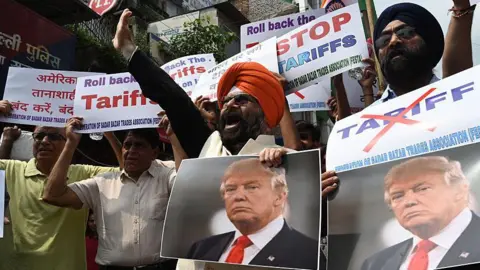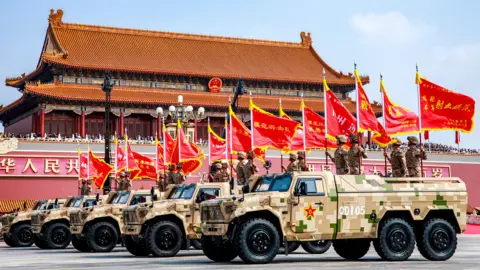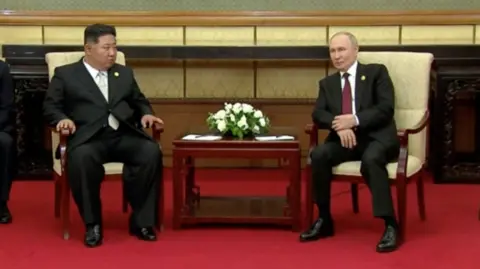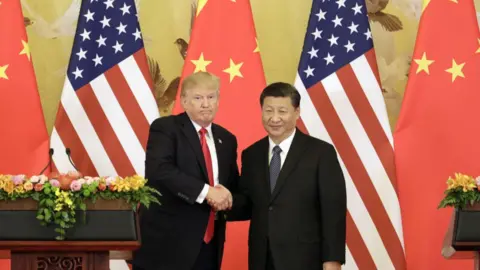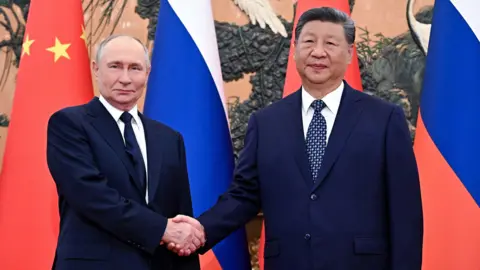When US President Donald Trump launched tariffs on China, many Vietnamese entrepreneurs like Hao Le saw opportunities. With his company, SHDC Electronics, generating considerable revenue from US sales, he now fears impending 46% tariffs on Vietnamese goods could decimate his business. "We cannot compete with Chinese products," Le lamented, highlighting the challenges faced by local businesses struggling against cheap imports.
In 2016, Trump's tariffs redirected a flood of Chinese goods toward South East Asia, disrupting local manufacturing but also generating new business opportunities in global supply chains. However, Trump's renewed tariff threats could slam these openings shut. Neighboring economies like Vietnam and Indonesia, eager to become prominent players in technology and green industries, now find themselves wedged between two major trading blocs—China, their top trading partner, and the US, a crucial export destination.
Recently, Chinese President Xi Jinping visited South East Asia to strengthen ties as he urged these nations to stand united against US tariffs. "We can't choose between China and the US," stated Malaysia's trade minister, emphasizing the delicate position these countries occupy. Amid heightened trading tensions, South East Asian governments are scrambling to propose incentives to the US, eager to avert crippling tariffs while maintaining economic partnerships.
As they seek solutions, threats of high tariffs loom: Indonesia could see up to 32%, Malaysia up to 24%, and Cambodia facing a staggering 49%. Local industries, fearful of a surge in Chinese goods seeking alternative routes to the US, are pushing their governments toward protectionist measures. For instance, Indonesia considered extreme tariffs against Chinese imports, while Vietnam enacted anti-dumping duties on Chinese steel.
Though some regional manufacturers may benefit from a shift in supply chains, others fear an influx of cheaper Chinese products will further destabilize their markets. The adverse impact of such competition has already led to significant factory closures and job losses throughout the region.
As uncertainty clouds the economic landscape, South East Asia's dependency on both the US and China presents an intricate web of challenges. Local businesses, despite facing significant setbacks, may also find a silver lining in the changing trading patterns. The urgency for regional cooperation and diversification from singular dependencies has never been clearer, as they navigate this geopolitical minefield.











